On July 1, 2021 Google will transition Gmail ads into the Discovery campaign category. This announcement was posted in December 2020 on their Gmail ads support page. Once July 1st hits, you will no longer be able to create dedicated Gmail campaigns, you will also not be able to edit any Gmail campaigns you are currently running.
This new update that places Gmail ads in Discovery campaigns can be a great way for advertisers to expand their reach. However, the way Gmail ads are currently being used will be very different from the way they will be used in the Discovery campaigns format. Let’s dive into what will be changing in Gmail ads starting in July.
No More Manual Bidding for Gmail Ads
Discovery campaigns do not support a manual bid strategy, so starting July you will no longer be able to use this method for Gmail ads. As of right now (before the transition) you can use manual and CPC (cost per click) bidding. The closest option you can leverage in a Discovery campaign is to choose the option of target CPA (cost per acquisition).
There is nothing wrong with automated bidding, especially since Google has made some much needed progress in the field. However, completely taking away the option of manual bidding is something that many will find disappointing, especially if they have found success in Gmail ads using manual bidding.
No More Device Targeting for Gmail Ads
Right now Gmail campaigns ads are currency under the Display Network. A perk of the Display network is the ability to control what devices are seeing your ads. Most people have seen better success on desktops compared to mobile phones and tablets. Being able to see what device works best, allows you to make further optimizations to boost your ads to appear on specific devices. In theory, this should give you better results.
You will not be given this option in Discovery ads. As you can see, there appear to be further available optimizations for Gmail ads after the transition. You will still be able to segment device performance in Discovery campaigns, but you will no longer see the option to optimize on device bids.
Ad Formatting Change
Because Gmail will be switching from Display campaigns to Discovery campaigns there will also be changes to how the ads will be set up and displayed. There are some subtle changes to how you can create ads, which will affect your approach to your Gmail strategy. The creative aspect of ad creation is one of the biggest factors when it comes to Google Ads and needing to change how your Gmail ads are created / displayed can be a hindering factor to the success of your campaign.
Text Changes for Gmail Ads
There are two ad formats people use in Discovery campaigns: standard discovery and discovery carousel ads. With these ads, your headline character maximum is forty characters, which is fifteen more characters to the previous Gmail ads (twenty five). Something to note is that your headline will be cut off if it is too long and someone is viewing it from a mobile device. We recommend staying as close to the original twenty five characters as possible. That way if your Gmail ads are shown via mobile phone you can make sure your message is being fully seen. Your description text lines offer the same number of characters (90) so there is no change there. One great thing about using the standard discovery ads is that you can have up to five different headlines and Google’s AI will choose which headline would benefit you most. You will also get five options for your description line if you use standard discovery ads.
Change is Happening Fast, Be an Early Adopter
Google has been making a strong push towards automation over the past several years, so it shouldn’t come as a surprise that Google is attempting to automate Gmail ads. Google wants to make Google Ads more friendly and easier to pick up for the average user. Automation is key in this process, helping users avoid countless hours understanding the intricacies of Google Ads. Ad types, bid strategies and even campaigns themselves are becoming automated.
Because of Google’s increased focus on automation and less savvy users, digital marketers need to be open minded and adapt. Complaining about these changes hasn’t made a difference to Google’s approach so the best thing to do is jump on these new changes as fast as possible. If you still want to run Gmail ads, start running Discovery campaigns asap. That way you can get a feel for how the campaigns run, and what works best. By learning this you can hit the ground running in July.

